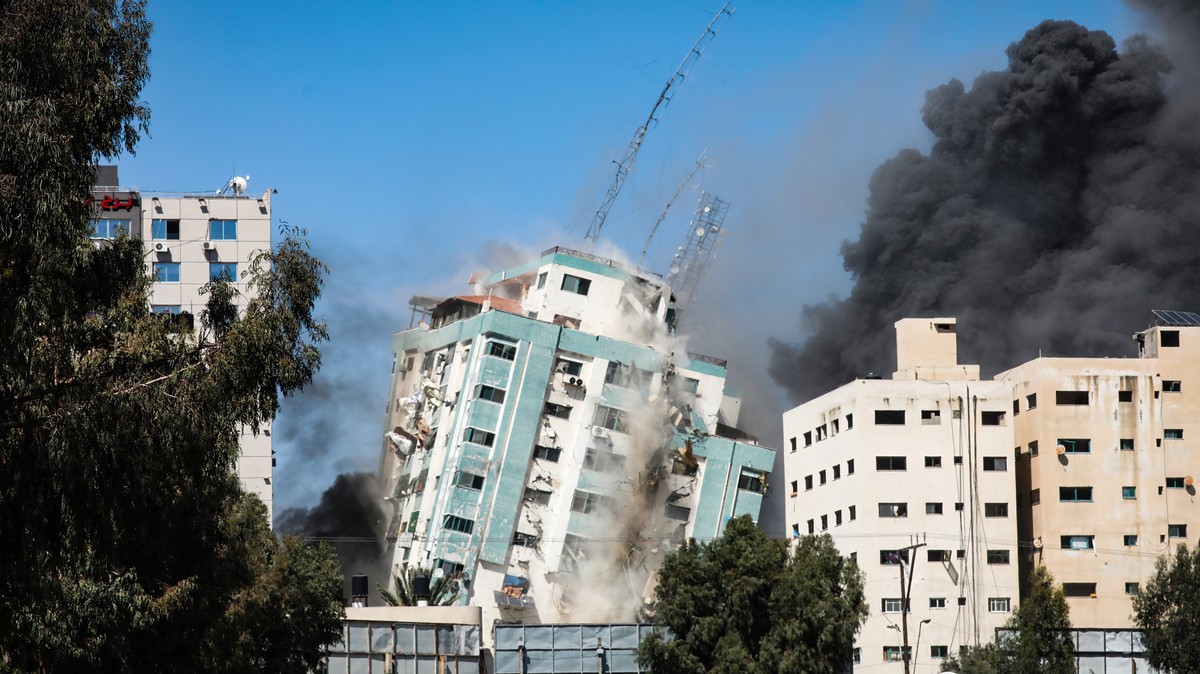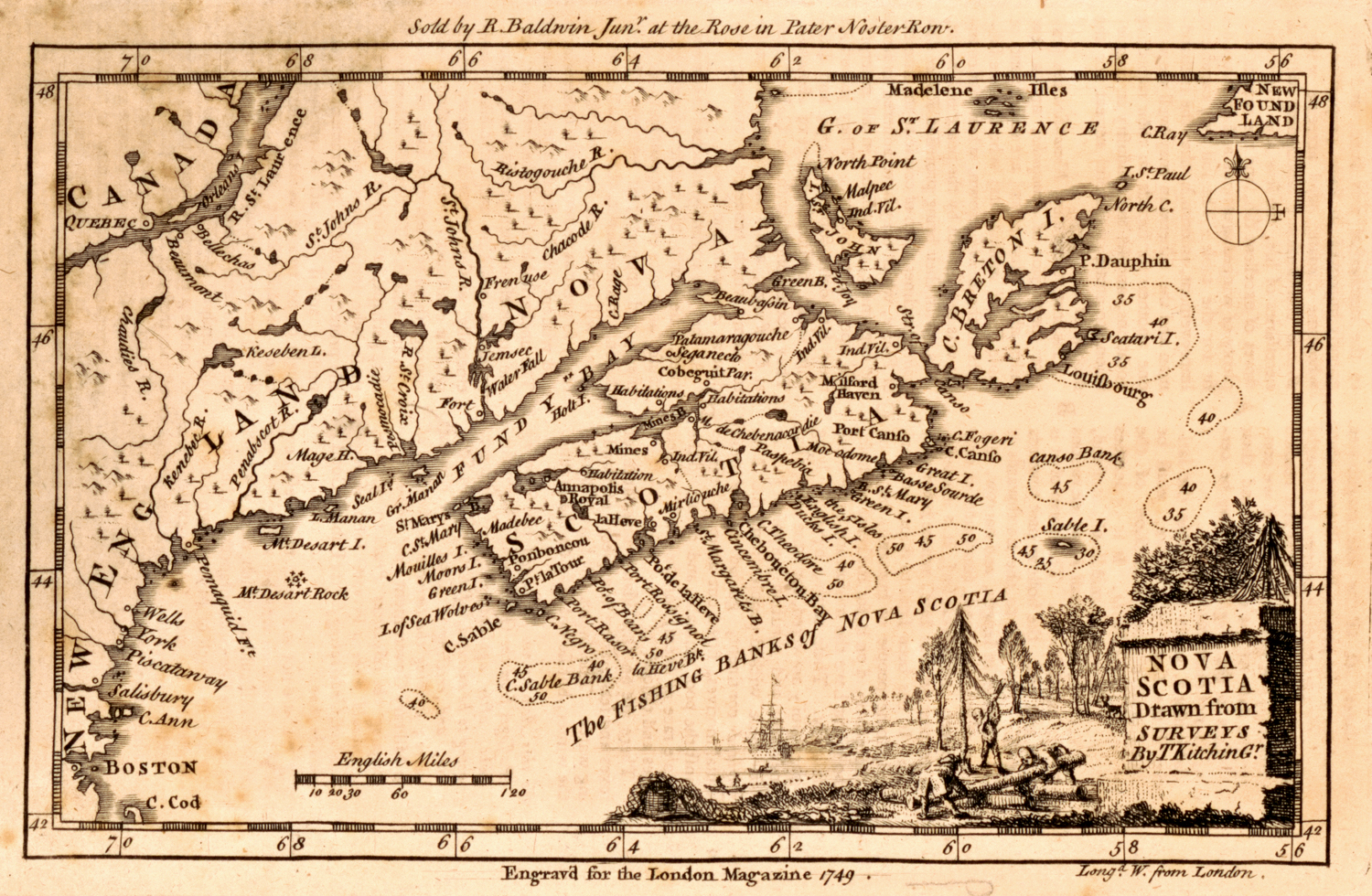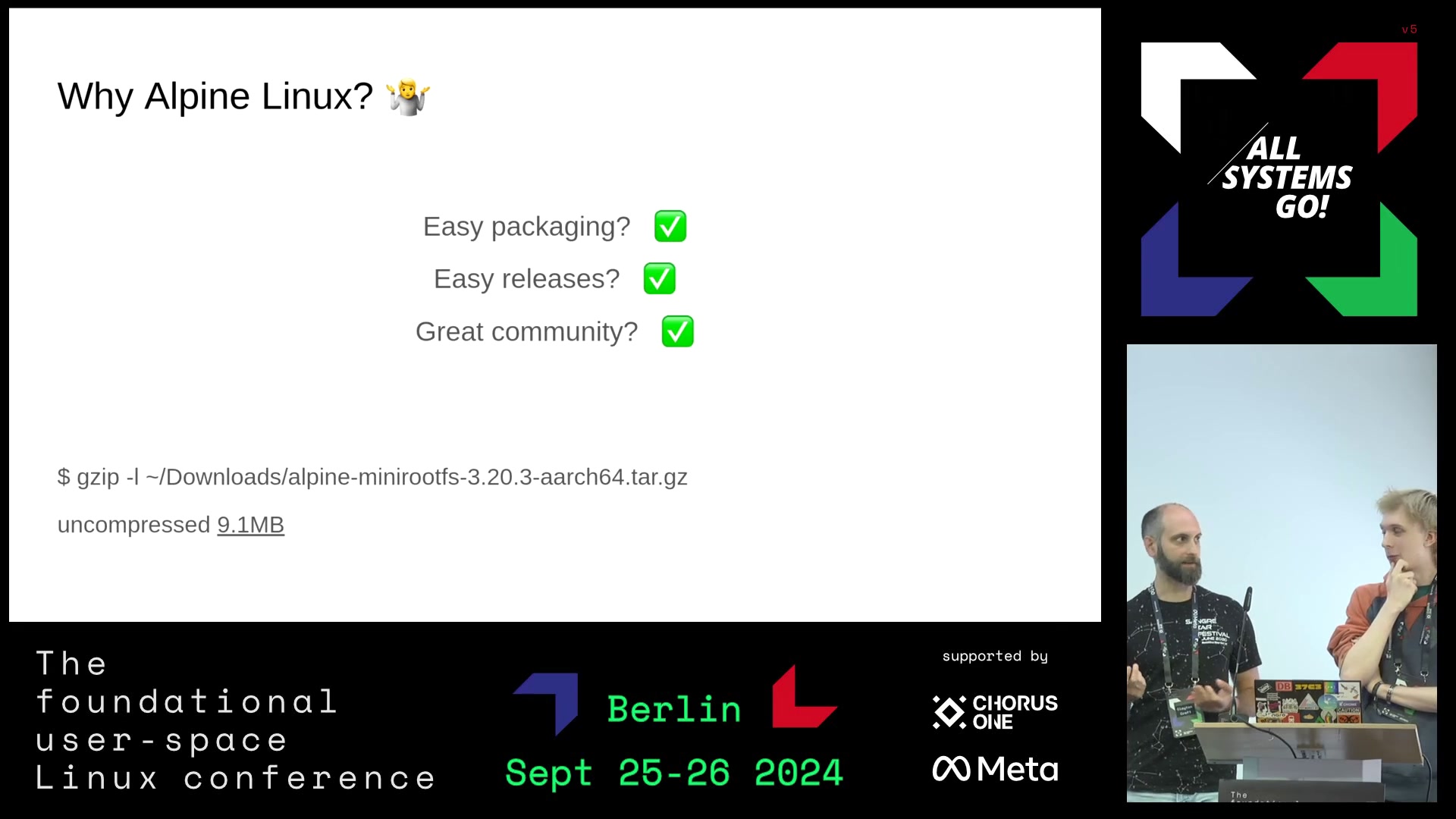
One map to visualize 70 years of targeted assassinations by Israel
In Maps Le Monde looks into Israel's targeted elimination of its enemies since 1948. The latest example of this practice was on September 26, when the Israeli army said it had killed a Hezbollah drone commander in a southern suburb of Beirut.
The practice of targeted elimination has been a constant feature of Israeli strategy, going back even before the creation of the state of Israel in 1948.
Over the course of its history, thanks to its military technology development and the refinement of its intelligence agencies (such as Shin Bet and Mossad, the domestic and foreign intelligence services), Israel has been able to carry out increasingly complex and remote operations, employing a variety of methods (attacks via missiles fired from helicopters or drones, snipers, concealed explosive charges, etc.). These extra-judicial executions have enabled Israel to kill individuals that it has considered to be threats to its security – without overtly involving its forces and thereby directly taking responsibility for its actions – though it involves a lot of collateral damage.
Above all, these assassinations demonstrate Israel's ability to strike its enemies anywhere. The latest example of this practice was the elimination of Ibrahim Akil, head of the Radwan force, Hezbollah's elite unit, along with another of its commanders, Ahmed Mahmoud Wahbi, in a strike on a Beirut building, on Friday, September 20, that left at least 31 people dead and 68 wounded.







/https://public-media.si-cdn.com/filer/9f/61/9f610676-9962-4627-ae89-bf59fc6cb735/lod_mosaic_lower_register_web.jpg)











/cdn.vox-cdn.com/uploads/chorus_asset/file/25645569/VST_0928_Site.jpg)
